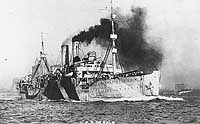
Sixteen of the U.S. Navy's plumb-bow WWI era transports had two smokestacks and two masts. Seven were ex-German passenger liners that entered commissioned service in 1917. After carrying American troops under charter, a former Austrian liner and an older U.S. flag passenger ship were transferred to the Navy in 1918. A sister of the latter was also taken over by the Navy, but suffered a serious accident and did not enter service. In the first months of 1918, two relatively new U.S. flag passenger liners were also commissioned, along with two older U.S. liners converted to hospital ships, but which also performed trans-Atlantic transport duty in late 1918 and early 1919. Another three German liners were acquired in 1919 to bring service personnel home from Europe.
These ships varied notably in size, ranging from over 17,000 to somewhat over 6000 gross tons. The four largest were quite different in appearance. The middle group (six in number) included one ship with widely-spaced smokestacks, three with stacks relatively close together and two more with intermediate stack spacing. The six smallest ships included two pairs of nearly identical ships and two that were different from all the others.
This page features a table (with links to individual ships) of World War I era U.S. Navy transports with two smokestacks and two masts, plus one photograph of each ship in this group.
Click each ship name to access that ship's complete Online Library entry.
Click the small photographs to prompt a larger view of the same image, and the words "Picture Data" to access the Picture Data Sheet for that image.
SIXTEEN SHIPS with TWO SMOKESTACKS and TWO MASTS, subdivided as follows:
Four relatively large ships, of differing appearance:
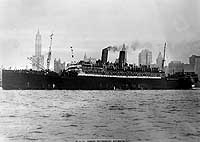 Picture Data |
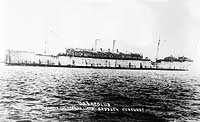 Picture Data |
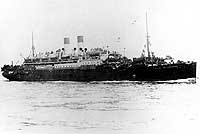 Picture Data |
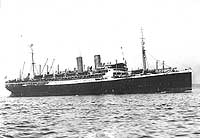 Picture Data |
Two medium-size ships, with smokestacks relatively far apart:
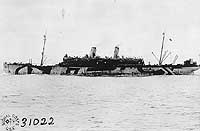 Picture Data |
 Picture Data |
Three medium-size ships, with smokestacks relatively close
together:
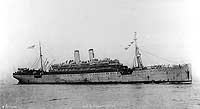 Picture Data |
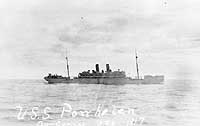 Picture Data |
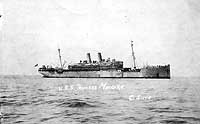 Picture Data |
One medium-size ship, with smokestacks quite far apart and
a relatively low superstructure:
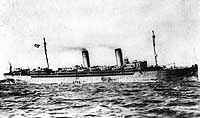 Picture Data |
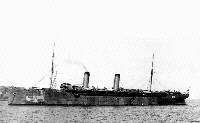 Picture Data |
Two relatively small ships, of differing appearance:
 Picture Data |
 Picture Data |
Two relatively small ships, quite similar in appearance:
 Picture Data |
 Picture Data |
Two relatively small hospital ships, also used as transports, virtually identical in appearance. (Except for one possibly retouched 1918 view, all photographs of these ships show them wearing regular hospital ship markings.):
 Picture Data |
 Picture Data |
| If you want higher resolution reproductions than the digital images presented here, see: "How to Obtain Photographic Reproductions." |
Page made 23 March 2007